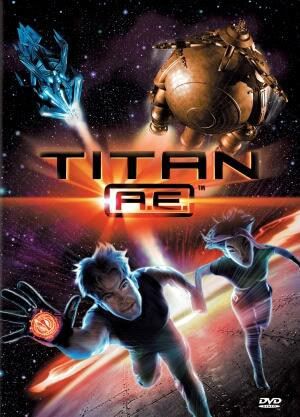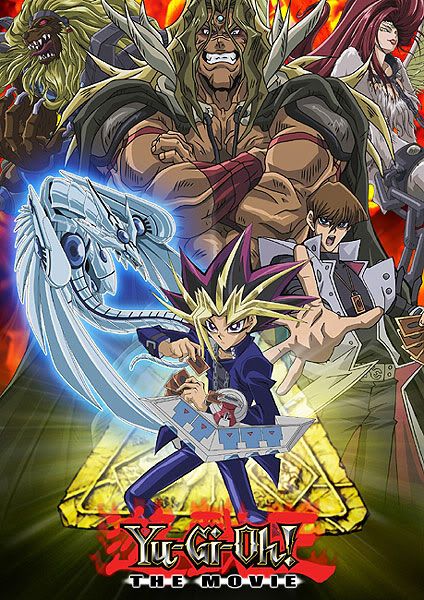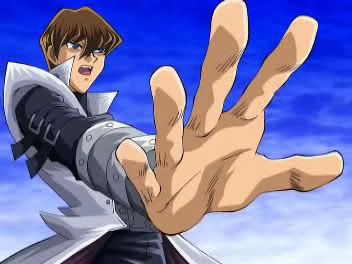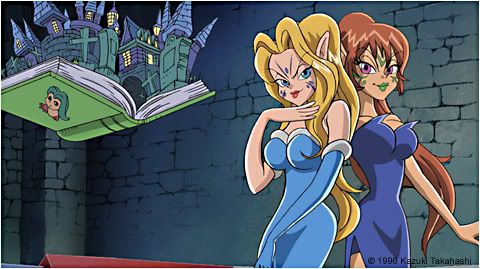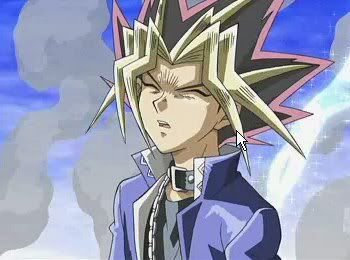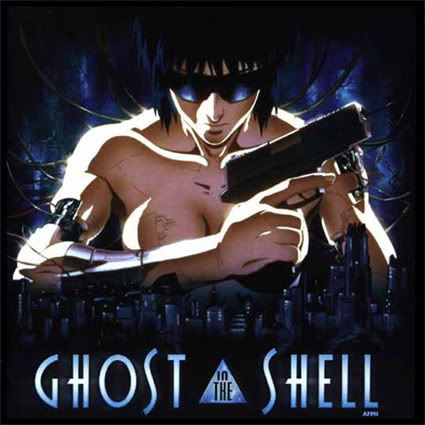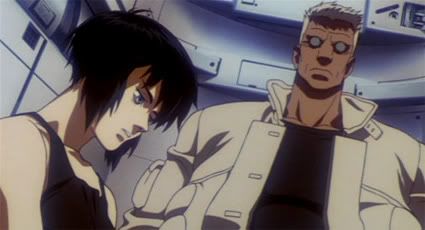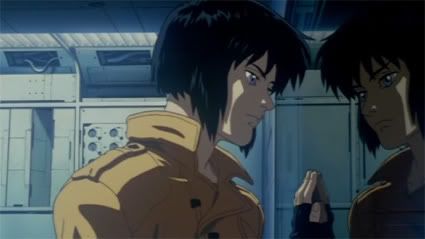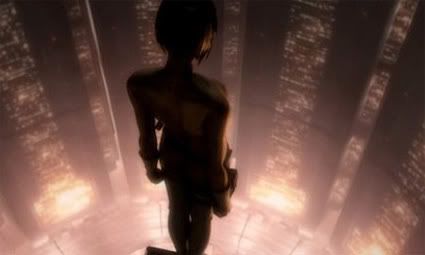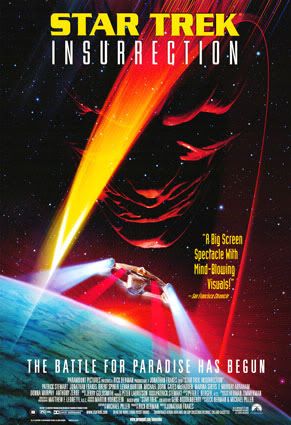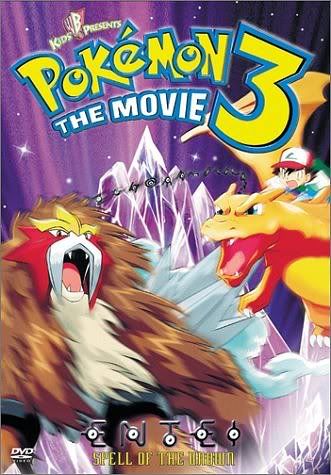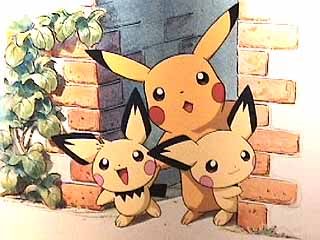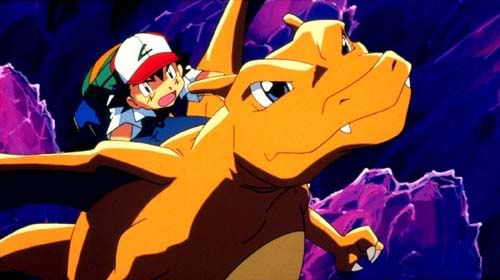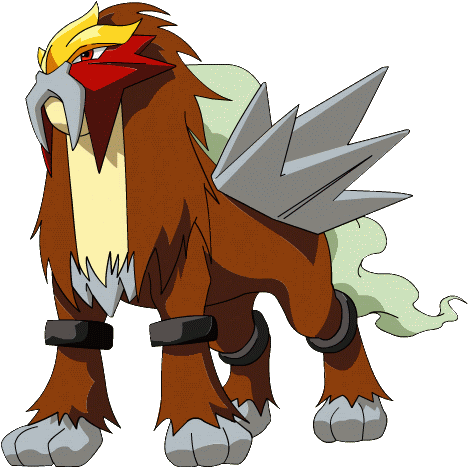
[audio:http://www.blueinkalchemy.com/uploads/lady_death.mp3]
Not every adaptation has to be 100% accurate in its translation of the source material. I mean, honestly, how would the Lord of the Rings film trilogy had been helped by the presence of Tom Bombadil? In spite of his absence, the films are faithful to the spirit of the books, encapsulating the epic journeys of the Fellowship and the struggle to overcome the forces of evil. I bring this up because Lady Death suffers from a problem entirely different from missing a couple incidental characters. It’s missing just about everything that made the original enjoyable.
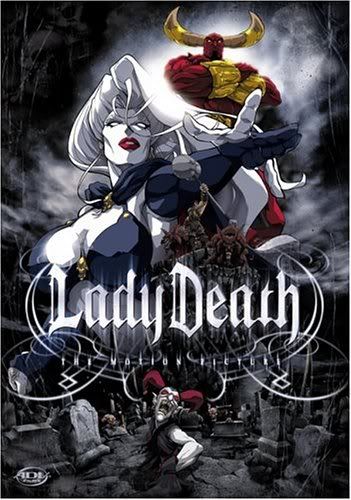
Lady Death got her start in the now-defunct CHAOS! Comics, the brainchild of Brian Pulido and the late Steven Hughes. She was initially cast merely as the eye-candy head-girlfriend of flagship character Evil Ernie, but proved popular enough that she got her own stories in the form of several mini-series and the occasional unrelated but not-unwelcome ‘swimsuit’ issue. Her story was that of a young girl named Hope who had the misfortune of being labeled a witch in Mideval Europe. Burning at the stake, she cries out to anyone or anything that can save her, and Lucifer answers. Hope has no desire to suffer in Hell has she did in life, but is told by Lucifer that she will never go free as long as living men walk the Earth. Hope’s answer is to hook up with a renegade eldritch blacksmith and vow to kill every single human being on the planet just to stick it to Lucifer. Now there’s a female empowerment story for you!
The movie takes a slightly different tack from a plot perspective. Instead of looking to get one over on Old Scratch, Hope undergoes her transformation and training for a more straight-up showdown scenario, the plan being for her to overthrow Lucifer and reign in Hell as a slightly less prickish potentate. The intent was to make Lady Death a little bit more of a ‘positive’ heroine instead of an anti-heroine. At least, that’s my understanding. While the concept alone takes away from some of the uniqueness of her character, it doesn’t dilute her symbolism. A woman consistently and thoroughly screwed over by men taking up arms to overthrow a male oppressor is still in keeping with Pulido’s original concept. While Lady Death can face challenges or even defeat, she never, ever plays the victim.

We miss you, Steve.
The same cannot be said for the rest of the source material. Pulido and Hughes were never afraid to veer into camp territory occasionally, and more than once you’ll catch Lady Death enjoying the slaughter she visits upon those in her path, sporing one of Hughes’ trademark grins. The movie’s masters, on the other hand, seem to have drained all of the life and joy out of Lady Death’s character along with her skin color. While playing her as more of the stereotypical stoic anti-hero might seem more fitting of the character by virtue of her name, both Brian Pulido and Neil Gaiman would tell you that a character named Death need not be… well, dead.
A big part of this major flaw in the movie comes from the era in which Lady Death was born. You see, in the 90s there was a trend of comic book protagonists who had some connection to the afterlife, be it J.O. Barr’s resurrected avenger The Crow or Todd MacFarlane’s anti-hero-from-Hell Spawn. While J.O. did it better than just about anybody else, there was no shortage of pretenders to this genre and the concurrent explosion of dark, edgy entertainment just about anywhere you looked. The explosion of the goth subculture seemed to have a lot of young people dressing in black and extolling the virtues of these damned heroes. Lady Death, in retrospect, seems to have had purpose that was two-fold, at least while she was under the control of CHAOS! – bring a much-needed female protagonist into this mix, and take the piss out of the genre at the same time by letting Lady Death enjoy being an infernal vixen of might and destruction. She never seems to enjoy anything she does in the movie, and the whole thing suffers as a result.
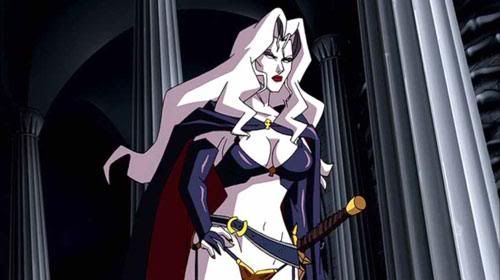
I could do better line work than this. And I suck.
It also suffers from some of the choppiest animation I have ever seen. I’ve indulged in more than my share of both anime and US-grown cartoons. ADV Films usually distributes anime, but don’t be fooled by the emblem on this thing. This is nowhere near as good as Evangelion or Berserk in terms of art or execution. The whole thing feels rushed, like it’s more the result of a high-schooler’s Lady Death fan-fiction brought to life than the concerted effort of a serious animation studio. And if it were based on a fanfic, there’d be a bit more titillation going on. A big part of Lady Death’s appeal has been her look and the way she casually flaunts her sexuality, even if the art that followed in the wake of Steve’s unfortunate passing dialed down the nihilistic glee that was just as much a part of her character as her skimpy outfits. But the lackluster nature of this animation means that there isn’t much enjoyment to be had looking at her. Add some flat voice acting, a plodding story pace and a total lack of originality to the mix and you have about a hundred minutes of completely wasted time.
Don’t take this review as a condemnation of Lady Death. On the contrary, even after a few reboots she still functions as the rare female protagonist in comic books who isn’t over-sexualized or completely undermined by the presence of males. Sure, she’s fun to look at, but her exploits are usually just as much fun to read. Seek out her books if you’d like to find out more about her, but as for the movie, skip it. Your time would be better spent finding some of that fan-fiction I mentioned. Especially if it crosses over with, say, Vampirella or something.
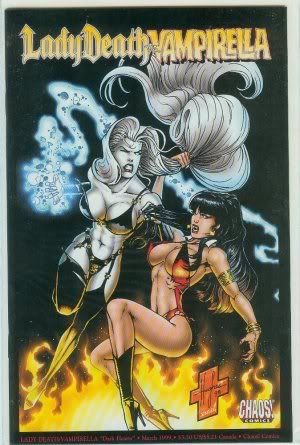
…Apparently, this is a canon crossover. …AWESOME.
Josh Loomis can’t always make it to the local megaplex, and thus must turn to alternative forms of cinematic entertainment. There might not be overpriced soda pop & over-buttered popcorn, and it’s unclear if this week’s film came in the mail or was delivered via the dark & mysterious tubes of the Internet. Only one thing is certain… IT CAME FROM NETFLIX.

